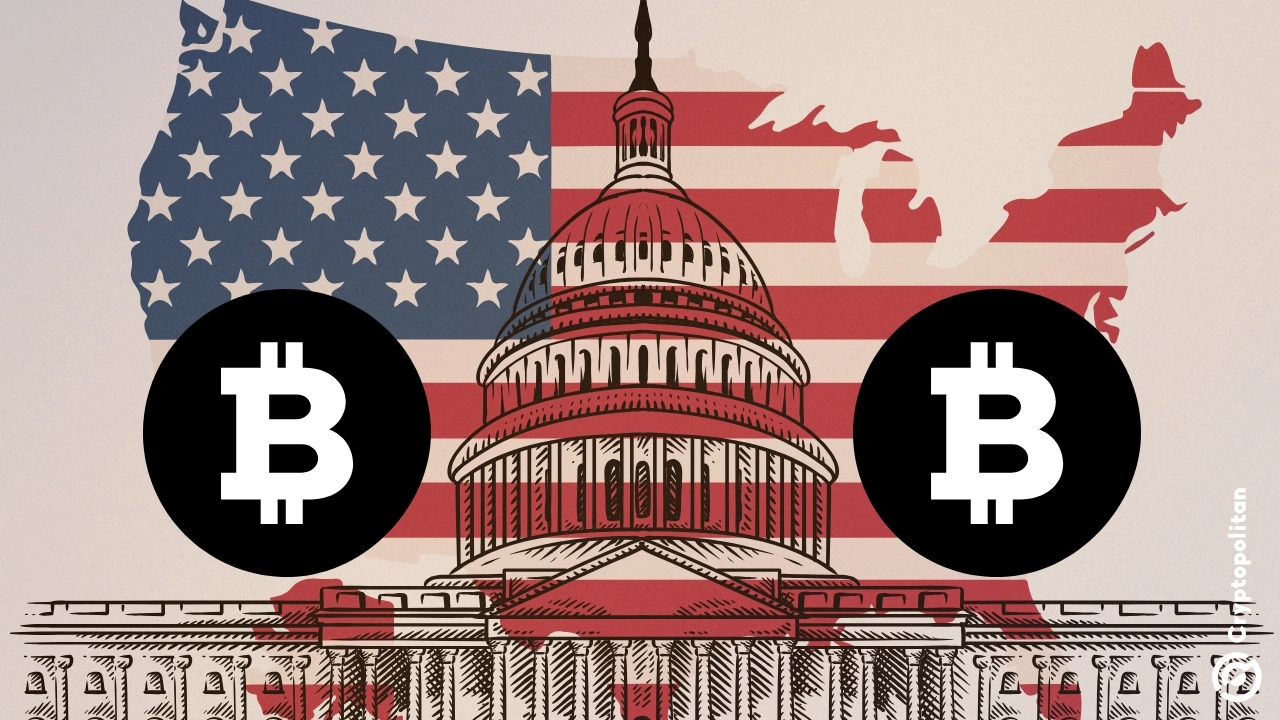Launched by MakerDAO, DAI is a decentralized stablecoin pegged to the U.S. dollar.Unlike other stablecoins like USDT or USDC, DAI does not have government backing and is supported through smart contracts and decentralized governance.
DAI is one of the stablecoins that significantly mitigates the risk of most cryptocurrencies’ price fluctuations, offering users stable currencies for various purposes. This article explores how DAI has positioned itself within the DeFi movement and reviews its history, technical architecture, application domains, and current advancements.
The History of DAI
DAI was introduced when the decentralized finance world began in 2017. The plan was to create a stablecoin that could provide financial services without connecting to the standard banking system. The main idea here was to have a currency based on the digital environment yet not controlled by a particular entity.
Initially, the platform launched Single-Collateral DAI, having only one type of collateral, Ethereum (ETH). Later, in November 2019, MakerDAO introduced Multi-Collateral DAI (MCD), where users could post multiple cryptos in Ether, Bat, etc as collateral.
Since its inception, DAI has experienced several successes. Among these is its capability to continue trading during market turndowns and volatile conditions. For instance, during the 2020 COVID-19 crash, DAI’s stability mechanism underwent rigorous examination, and, as expected, DAI withstood the pressure, proving once again that it is a stablecoin.
How DAI Works: Technical Overview
DAI is based on the Ethereum blockchain and is regulated by the terms defined within the Maker Protocol. Its stability is mainly due to over-collateralization, meaning that users should stake more cryptocurrencies than the amount of DAI required. This makes it possible that even if the price varies, the value of DAI would be fixed to the US dollar.
While centrally controlled stablecoins have fiat reserves, DAI is backed by decentralized collateral in the form of assets locked in the Maker Vaults. When a user wants to deposit assets, the system provides the user with an equivalent amount of DAI. When the value of the collateral is less than a specific level, the system sells the collateral to maintain the value of DAI.
DeFi User Loses $55 Million in DAI to Phishing Attack
Oracles play a crucial role in DAI’s stability since they give real-time information on the prices of collateral assets. These oracles input data into the smart contract so that it can automatically decide when to liquidate, when to issue, and charges the suitable fee. Also, the MKR token holders control DAI and make decisions regarding the collateral and risk parameters and other necessary measures, allowing DAI to maintain its stability.
Use Cases of DAI
Another advantage of DAI is that it finds its application in the cryptocurrency market in the best way possible. Since DAI is a stablecoin, it has a number of applications that focuses on DeFI.
Medium of Exchange: DAI can be used to make payments for transactions and other operations. Users can send and receive payments without worrying about the price swings of most cryptocurrencies. Its peg to the US dollar gives it stability, making it suitable for cross-border payments and transfers.
Store of Value: DAI is a good choice for anyone who wants to avoid the risk of investing in volatile cryptocurrencies like Bitcoin or Ethereum. With DAI, users can keep their money in a stable denomination without compromising the DeFi environment.
Lending and Borrowing: DAI is one of the most popular assets used on DeFi applications to lend and borrow. It allows users to secure their assets and use DAI to obtain funds without selling their cryptocurrencies. Therefore, these platforms do not require intermediaries and are faster and cheaper than conventional economic systems.
Staking and Yield Farming: Most of the DeFi protocols allow one to stake DAI in liquidity pools or yield farms. Similarly, users can earn interest or rewards when liquidity is added to these DEXs.
Pros and Cons of DAI
Like any other financial instrument, DAI has its strengths and weaknesses. Understanding both is beneficial to the user when making decisions about whether or not to invest in DAI in their portfolio.
Pros:
Decentralization: In contrast to other stablecoins, nobody owns DAI. This makes it very hard for anyone to disrupt the entire system since it is decentralized.
Stability through Over-Collateralization: The over-collateralization model ensures that DAI will remain stable even in the worst market conditions.
Transparent Governance: MKR token holders make decisions for DAI, creating a transparent and decentralized system.
Global Accessibility: DAI is available to anyone with an internet connection, which makes it very relevant in areas with few banking facilities.
Cons:
Complex Mechanisms: Concepts like over-collateralization and liquidation would confuse a new system user.
Regulatory Concerns: As governments continue implementing measures to control cryptocurrencies, DAI could face challenges in remaining fully decentralized.
Reliance on Ethereum: As DAI is fully integrated with the Ethereum network, it can raise challenges in network traffic and increase in gas fees.
Developments and Findings in DAI
DAI is a growing concept with new enhancements and advancements. One of the most awaited changes is the release of DAI 2.0, which plans to enhance its scalability and decrease the cost using Layer 2 solutions. Scaling solutions, like Optimism and Arbitrum, increase the speed of transactions while maintaining a low cost.
By integrating DAI with the DeFi protocols, the use cases have extended to new liquidity pool yield-farming and staking possibilities. However, with growing regulatory pressure, the operation of DAI in the legal framework has not yet been clearly defined.
Conclusion
DAI has become popular as a stablecoin in the world of cryptocurrencies. Compared to other stablecoins, DAI is not owned by any company or the government. DAI is collateralized, meaning its value is pegged and used for payment, borrowing, and storing value without any fluctuations. Although DAI has its challenges, it has developed into an essential component of DeFi.











